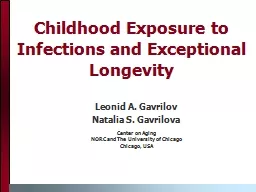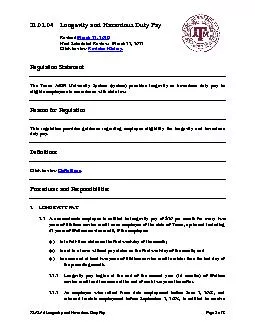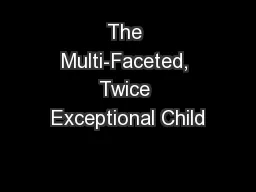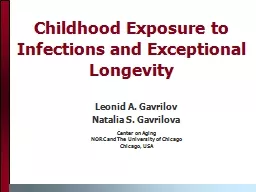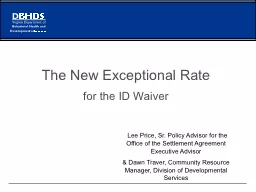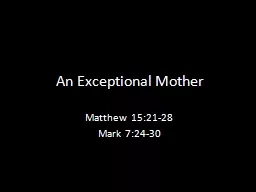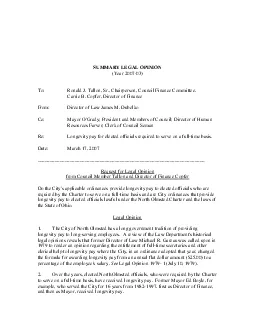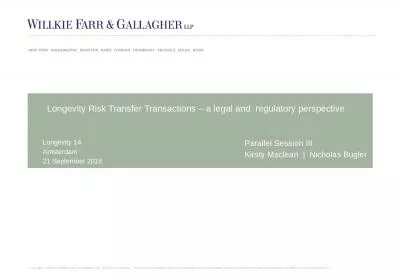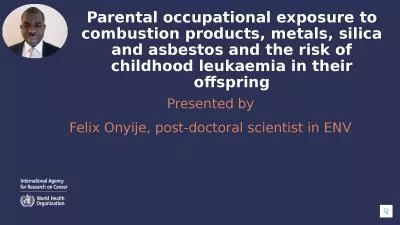PPT-Childhood Exposure to Infections and Exceptional Longevity
Author : myesha-ticknor | Published Date : 2017-03-28
Leonid A Gavrilov Natalia S Gavrilova Center on Aging NORC and The University of Chicago Chicago USA Approach To study success stories in longterm avoidance
Presentation Embed Code
Download Presentation
Download Presentation The PPT/PDF document "Childhood Exposure to Infections and Exc..." is the property of its rightful owner. Permission is granted to download and print the materials on this website for personal, non-commercial use only, and to display it on your personal computer provided you do not modify the materials and that you retain all copyright notices contained in the materials. By downloading content from our website, you accept the terms of this agreement.
Childhood Exposure to Infections and Exceptional Longevity: Transcript
Download Rules Of Document
"Childhood Exposure to Infections and Exceptional Longevity"The content belongs to its owner. You may download and print it for personal use, without modification, and keep all copyright notices. By downloading, you agree to these terms.
Related Documents

